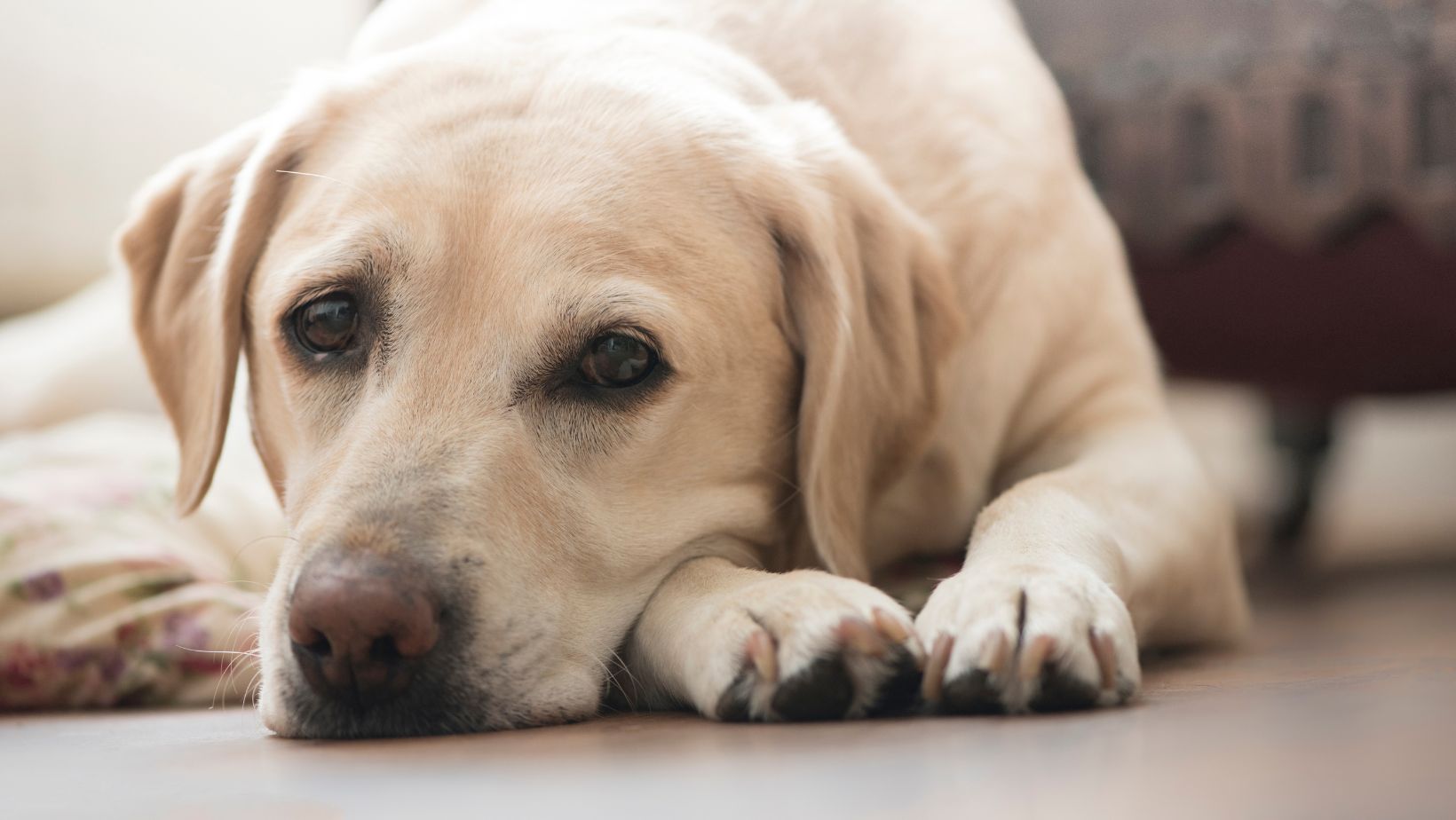How to Stop Dogs Pooping Inside
Are you tired of finding unexpected surprises in your home courtesy of your Labrador? If so, you’re not alone. Many dog owners struggle with the issue of indoor pooping. In this article, I’ll share some valuable insights on how to stop dogs from pooping inside and explore the common causes behind indoor Labrador pooping.
One key aspect of addressing this problem is understanding why it’s happening in the first place. Dogs may poop indoors for various reasons, including insufficient house training, medical issues, anxiety or stress, territorial marking, or a lack of outdoor access. By identifying the underlying cause specific to your Labrador, you can take targeted action to resolve the issue.
House training is often the primary culprit when it comes to indoor accidents. Labradors are intelligent and trainable dogs but may require consistent and patient guidance during their puppy years. I’ll provide practical tips on effective house training techniques that will set both you and your furry friend up for success.
Stay tuned as we delve into each possible cause of indoor pooping and outline actionable solutions that will help put an end to this frustrating behavior once and for all. Together, we’ll create a clean and comfortable living environment where accidents become a thing of the past for your beloved Labrador.
Understanding the Problem
When it comes to dogs pooping inside, especially indoor Labrador pooping, there are several common causes that pet owners should be aware of. Understanding these causes is crucial in order to effectively address and stop this behavior. In this section, we’ll delve into the reasons behind indoor Labrador pooping and provide insights on how to tackle them.
- Lack of Proper Training: One of the primary reasons why Labradors may poop indoors is a lack of proper training. If your furry friend hasn’t been adequately taught where they should do their business, accidents are bound to happen. It’s important to establish a consistent potty routine and reward your Labrador when they successfully go outside.
- Anxiety or Stress: Dogs, including Labradors, can experience anxiety or stress for various reasons such as changes in their environment, separation from their owners, or traumatic experiences. These emotional factors can lead to indoor pooping as a manifestation of their distress. Identifying and addressing the underlying anxieties through positive reinforcement training techniques and creating a calm and secure environment can help alleviate this issue.
- Medical Conditions: Sometimes, indoor pooping in Labradors may indicate an underlying medical condition such as gastrointestinal problems or urinary tract infections. If you notice any unusual signs accompanying the indoor accidents, like blood in the stool or frequent urination, it’s essential to consult with a veterinarian for proper diagnosis and treatment.
- Aging or Mobility Issues: As Labradors age, they may develop mobility issues that make it difficult for them to reach their designated outdoor area in time for bathroom breaks. This can result in accidents happening inside the house. Providing easy access to outdoor spaces through ramps or adjusting schedules for more frequent walks can help address this challenge.
- Insufficient Exercise: Labradors are energetic breeds that require regular exercise to maintain both physical and mental well-being. If they don’t get enough exercise throughout the day, they may become restless and resort to indoor pooping as a way to release their pent-up energy. Increasing the amount of daily exercise and engaging them in stimulating activities can reduce this behavior.

Establishing a Routine
When it comes to stopping dogs from pooping inside, one effective strategy is establishing a routine. Dogs thrive on consistency and structure, so implementing a regular schedule can help prevent indoor accidents. Here are some key steps to consider:
- Set Fixed Feeding Times: Establish set feeding times for your Labrador. By feeding your dog at consistent intervals, you can regulate their digestion and bowel movements. It’s recommended to feed adult Labradors twice a day, ideally in the morning and evening.
- Monitor Water Intake: Keep an eye on your dog’s water consumption throughout the day. While it’s important for them to stay hydrated, excessive drinking can lead to more frequent bathroom breaks indoors. Limit access to water during certain periods, especially closer to bedtime.
- Regular Exercise: Make sure your furry friend gets plenty of physical activity each day. A tired dog is less likely to have the urge to relieve themselves indoors. Engage in activities such as walks, playtime, or even obedience training sessions tailored specifically for Labradors.
- Designated Potty Area: Designate a specific area outside where you want your Labrador to do their business. Take them there consistently after meals and playtime sessions, using verbal cues like “go potty” or “do your business.” Reward them with praise or small treats when they successfully eliminate in the desired location.
- Frequent Bathroom Breaks: During the initial stages of house training or if accidents persist, take your pooch outside more frequently throughout the day – especially after naps or extended periods of confinement indoors.